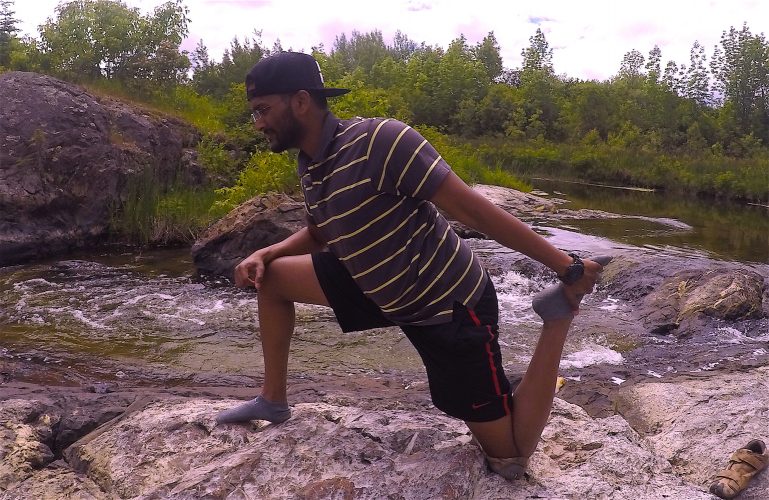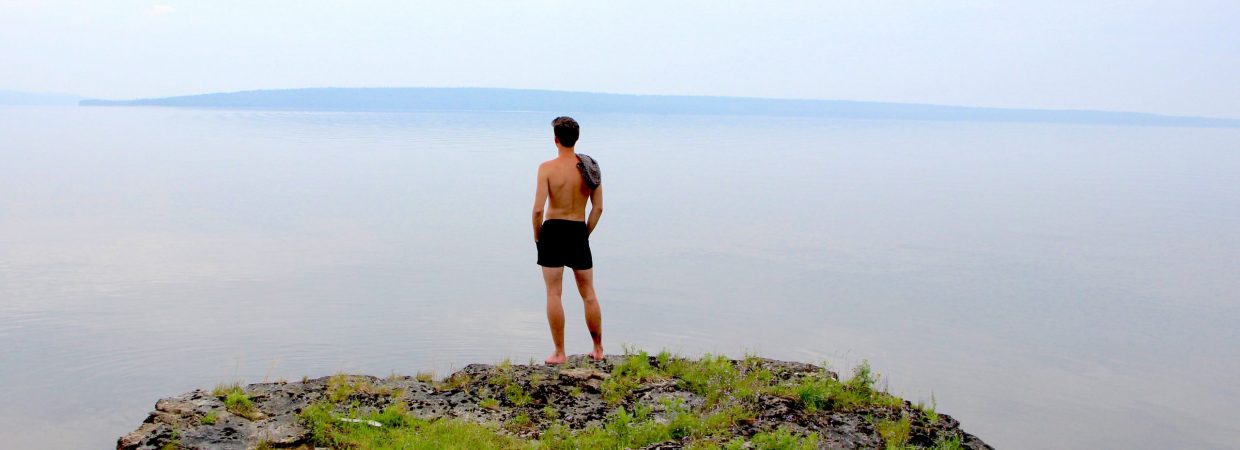
Stretching Is Important
(Cet article de blogue a été écrit en anglais). Do you feel muscle soreness after a hike at Devil’s Rock, after a jog along the STATO trail or simply after carrying those amazing local produce from the Farmer’s market? Do you feel muscular pain after a work out, after a tough hockey game or repetitive tasks at your workplace? If you answered yes to one of these scenarios then you should have stretched and you should incorporate stretching in your everyday routine. Remember, stretching is important!
Stretching is Important: Why?
Stretching is the best preventative way to correct, prevent and retard any soft tissue limitations that affect your everyday activity, reduce fatigue and bring about efficiency in your work or activity. Stretching increases extensibility of soft tissues thereby improving flexibility by elongating structures in your body that have adaptively shortened and have become hypo mobile (reduced movement) over time due to overuse. When you are stretching, you are taking your muscles to the opposite direction from the direction of muscle contraction. Stretching is important.
With stretching you can either:
1 – activate your muscle fibres to contract efficiently before activity to improve performance
2 – or you can stretch after a workout or everyday work to inhibit muscle fibres to relax and elongate to its optimum length, which keeps muscle alignment and mechanical imbalance in check.
Warming Up & Cooling Down
Ballistic Stretch (warming up)
A quick explosive active stretch to activate muscle fibres to fire efficiently to improve muscle performance and prevent injury. Ballistic stretch should ideally be performed before the activity, which can be a part of warm up to increase temperature within muscle to improve efficiency of muscle contraction which ultimately leads to improved muscle performance, thereby preventing injury. Find below a short video with examples.
Static Stretch (cooling down)
A stretch when you are taking your muscles to the opposite direction of muscle contraction and you are holding it to the end range where you feel the stretch. Static stretch should ideally be performed after the activity to inhibit tightened soft tissue structures after an intense workout or activity. Find below a short video explaining in more details static stretches.
 Please Read If You Work At A Desk
Please Read If You Work At A Desk
If you are working at a desk for long period of time, stretching is important, even more than stretching before and after a physical activity. Humans were not made to sit for 8 hours at a desk. This can lead to back pain, negatively influence circulation and promote cardiovascular disease just to name a few effects. Extensive use of the keyboard and mouse can lead to stiffening of the muscles in your hands, arms, and neck, as well as inflammation.
Chest/Pecs Stretch
This is a good stretch for people with desk jobs and any activity/work which involves leaning forward for a long period of time. Stand with your arm extended and your forearm at right angles to the ground. Rest your forearm against an object and turn your shoulders and body away from your extended arm.
 Hip flexor Stretch
Hip flexor Stretch
This is a stretch for people who sit for a long period of time. Recent studies have shown a correlation of low back pain with hip flexor tightness, so you can keep your low back health at check by doing this stretch.
Look on the internet for stretching exercises for office workers. There are tons of examples out there.
And remember before and after your next outing or activity, stretching is important. If you are stationary for most of the day working in front of your computer, stretching is even more important!
___________________________________
This wellness and healthy loving blog post has been written in June 2016 by Shardul Kara, a volunteer collaborator to the Destination Temiskaming blog, an outdoor enthusiast, a registered massage therapist and a resident physiotherapist. To learn more about Shardul.













